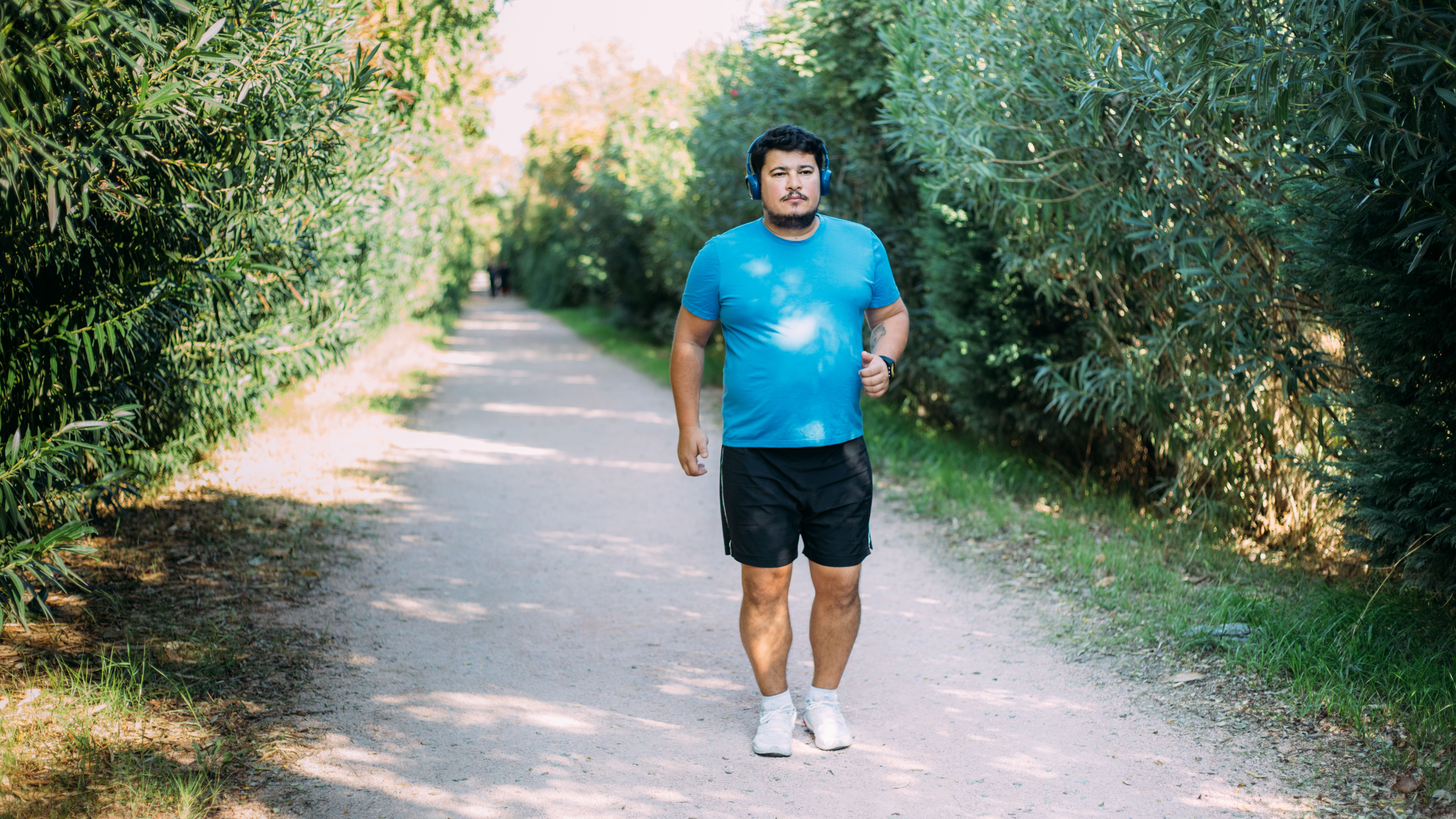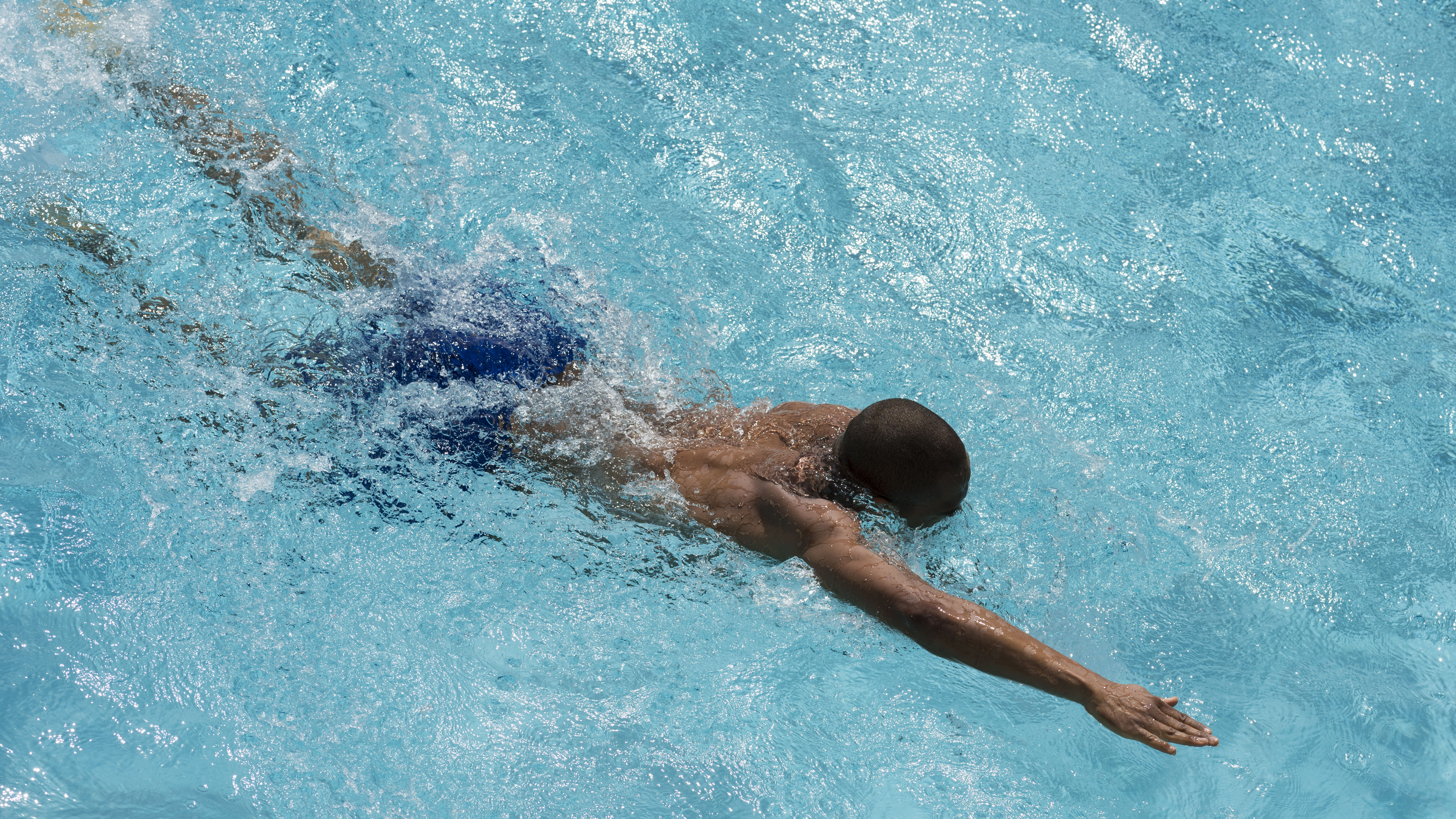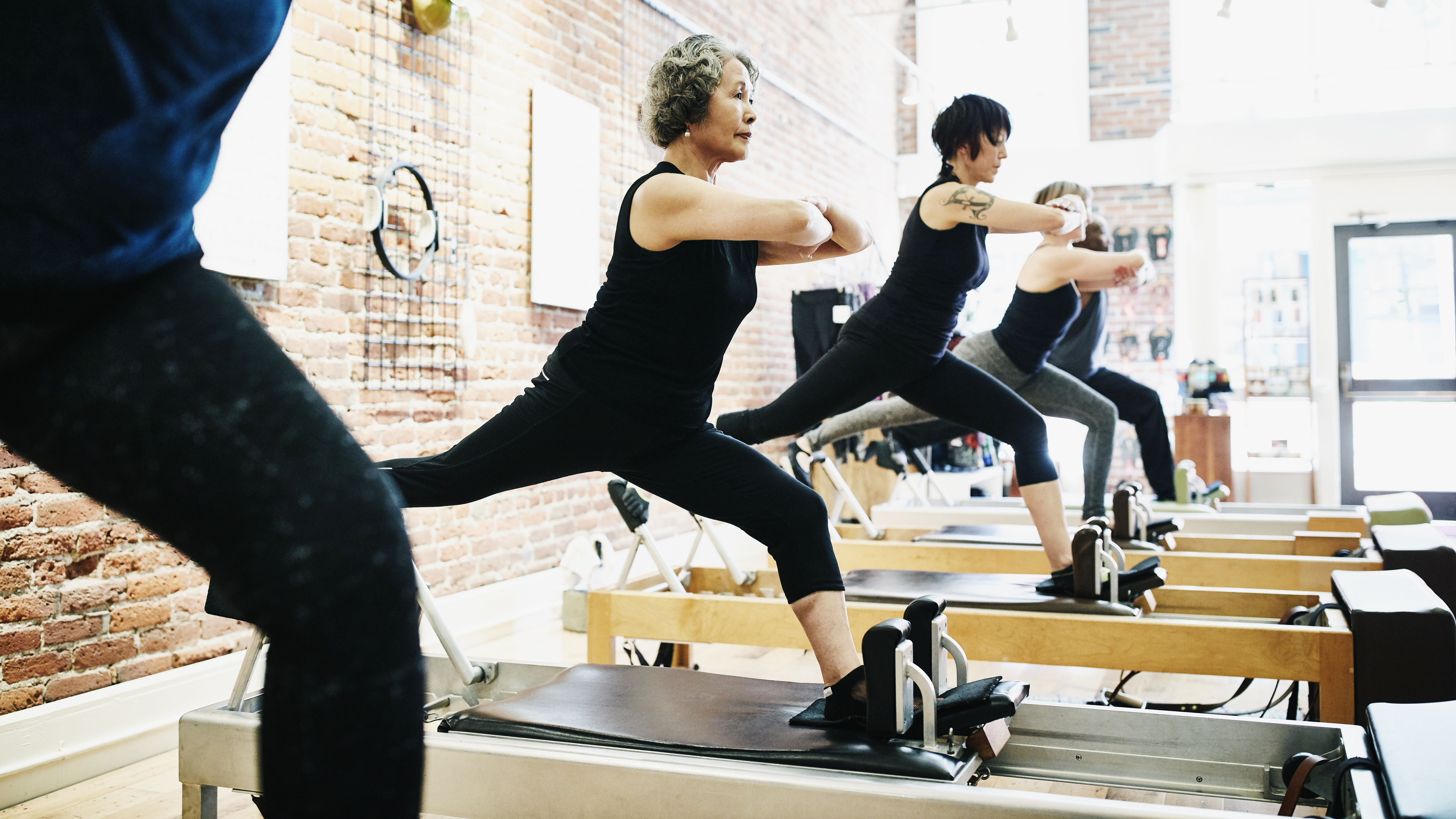These are the best exercises for lower back pain
From walking to Pilates, here are the best exercises for lower back pain according to a physiotherapist

Back pain is a common complaint, with 75-85% of US adults estimated to experience back pain in their lifetime as stated by the American Association of Neurological Surgeons. It’s also one of the most common reasons people see a doctor or miss days at work, according to the National Institute of Neurological Disorders and Stroke. It can result from things such as poor posture, being overweight, injuries, or spinal problems.
However, there is good news for anyone who is suffering; there are certain low-impact exercises that can help to ease or prevent pain. Staying active, stretching out on one of the best yoga mats, and strengthening your back and abdominal muscles could all help alleviate discomfort.
We spoke to chartered physiotherapist and clinical director of Complete Pilates Helen O’Leary to find four of the best exercises for lower back pain.
Best exercises for lower back pain
Always check with a physiotherapist before trying any new exercises or starting an exercise regime.
O’Leary also says to remember “the number one thing is that your exercise should not hurt you.” Pushing through it will not make anything better, she explains, because when you have back pain, your nervous system is in a fight, flight, freeze state which is a protective mechanism. You need to do slow and gentle movements, she claims.

Helen O’Leary is a chartered physiotherapist based in the UK and the clinical director of Complete Pilates. After qualifying as a physio in 2008, she went on to work with professional sports teams and stage performers. Now, she uses her knowledge of Pilates to help people rehabilitate after injuries or illness.
Walking
“It will depend on what stage you’re at,” says O’Leary, “but if you have acute back pain and you’re struggling to get out of bed [in the morning], I would always recommend really gentle walking.”
Walking makes your hips move which gets your whole body moving, and it makes your pelvis move which lubricates your spine, in turn helping to pull you out of that fight, flight, freeze state, she adds.
Get the world’s most fascinating discoveries delivered straight to your inbox.

“Most people struggle with static postures such as sitting or standing when they have back pain,” O’Leary continues, “so, the nice thing about walking is that you can take it slow and go at your own pace.”
“It doesn’t have to be a 15, 20, 30-minute walk; it can be really short gentle bursts. You can make it as easy as you want to and even do it around your home, so it’s a very controlled exercise. It is accessible to [almost] everyone and it is free.”
Swimming
Sometimes the impact of exercise can be an aggravating factor for back pain so going swimming is great because the heat helps your muscles to relax, explains O’Leary. Also, the buoyancy of the water makes you feel lighter and will help you to loosen up by mobilizing and lubricating your joints without the impact, she says.

You don’t necessarily need to launch into a full breaststroke or front crawl, O’Leary continues, but doing movements such as walking in the pool, gentle squats, calf raises, or even supporting yourself on your back in the pool and doing gentle leg kicking or cycling movements could help.
She claims doing these exercises (or doing backstroke) is often better for back pain. “When you’re on your back, it isn’t as arched and it can be a bit more flat so you’re not having to put as much pressure on your spine and it’s just a little easier to do.”
Pilates
A 2015 systematic review, published in the Cochrane Database, suggests that Pilates can help with lower back pain with benefits including improving mobility which aids with alignment, boosting the stability of your abdominal and back muscles, and preventing low back joint stiffness and muscle tightness. However, there is a need for more thorough and rigorous studies to back up these findings.
Through improving stability of the spine, posture, and body awareness, there is also some evidence to suggest Pilates is more effective than minimal intervention for lower back pain in the short and intermediate term. However, there is no conclusive evidence that Pilates is better than other forms of exercise for lower back pain. Your or your care provider’s preferences along with costs can help to determine if Pilates is a suitable therapeutic treatment for you.

A study in the Physical Therapy journal, which compared the effectiveness of mat Pilates and equipment-based Pilates (using equipment such as the Cadillac, Reformer, Ladder Barrel, or Step-chair) in patients with chronic nonspecific low back pain, found there was greater improvement in functional ability in patients in equipment-based Pilates groups after six months.
O’leary reiterates the use of equipment Pilates for lower back pain. She says glutes-focused exercises, such as squats, are particularly effective on the reformer. The machinery will take away some of the ‘weight’ from the movement, while still working your core and leg muscles as you’re pushing against resistance. You also get better hip dissociation – your hip moving independently of your pelvis and spine – on the machine, which again will offload some weight and stop you over-stretching.
Resistance training
A recent meta-analysis published in Sports Medicine evidenced that posterior-chain resistance training had a significantly greater reduction in pain for participants with chronic low back pain compared to general exercise.
O’Leary agrees resistance training is key for people with chronic lower back pain. Resistance training is any type of weight, for instance, your body weight or kgs on a barbell. You can also use the best resistance bands for this kind of training.
That said, O’Leary cautions against overdoing the resistance. “If you have very acute [lower back pain], body weight is enough,” she adds.
This article is not meant to offer medical advice and readers should consult their doctor or healthcare professional before adopting any diet or treatment.
Gemma Harris is a UK-based freelance journalist and health writer who blogs at thegutchoice.com. She produces content for multimedia health and lifestyle platforms, including calmmoment.com, StomaTips, Planet Mindful and metro.co.uk because she has a passion for health and wellness. When not writing, she can be found walking or running in nature, at a yoga or spin class, swimming or having cocktails with friends.



